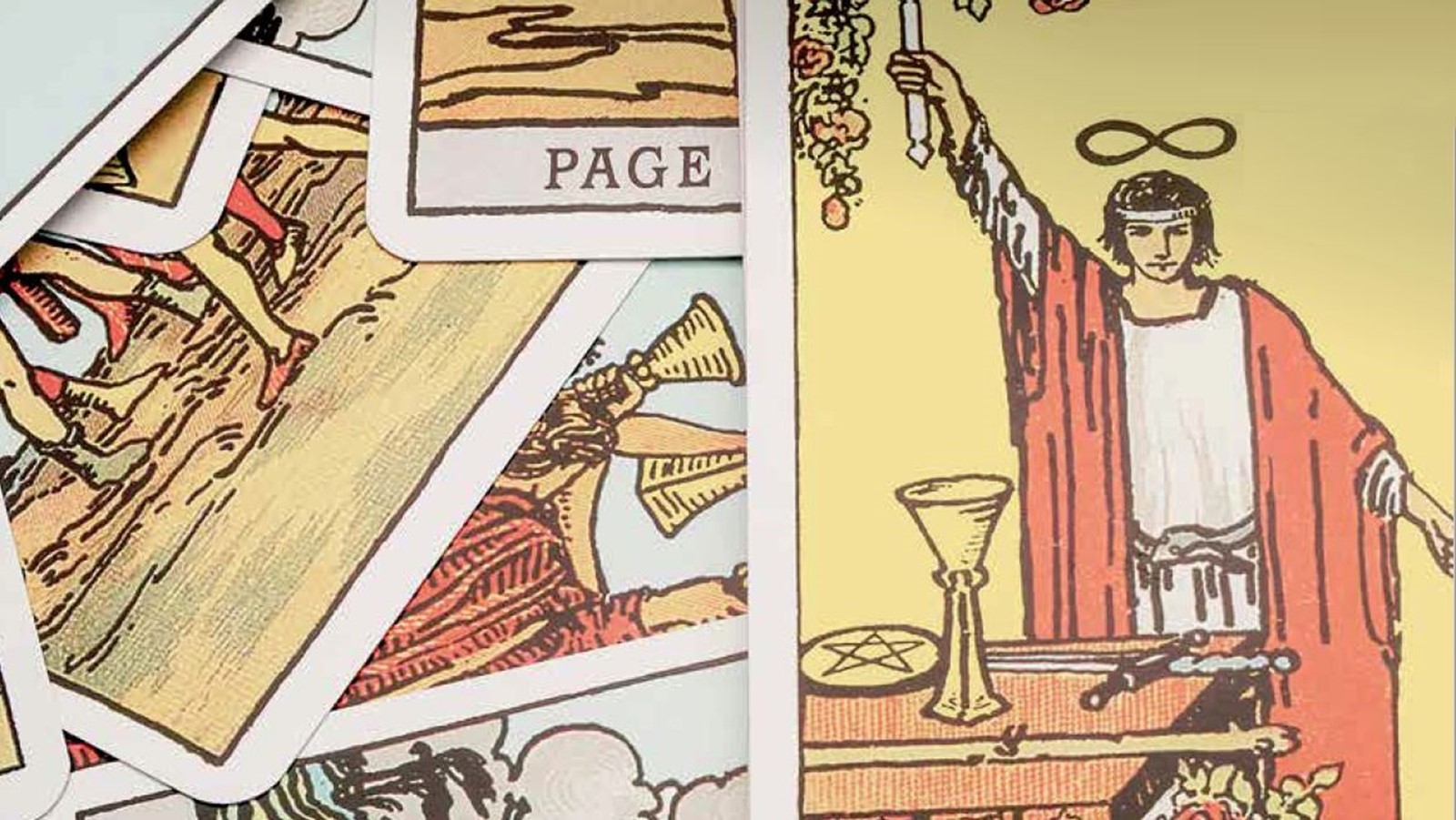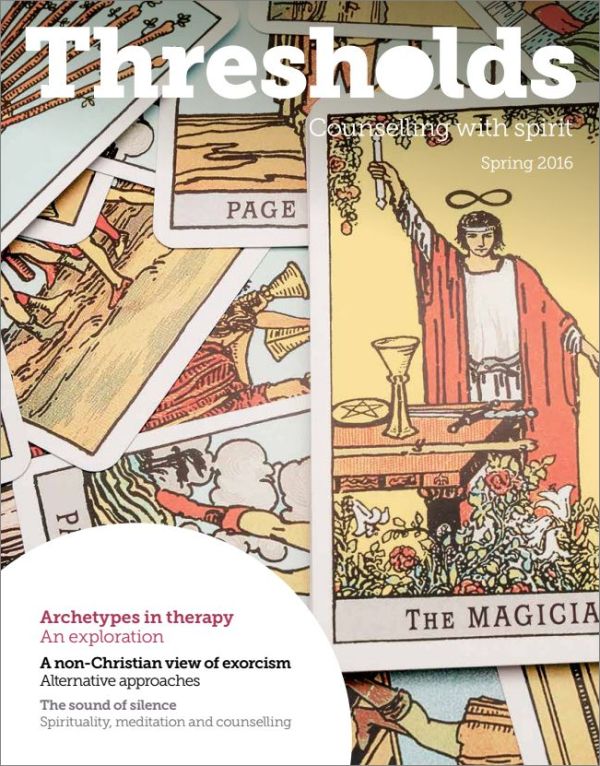In this issue
Features
Special focus
Archetypes in therapy (free article)
John Rowan reviews the topic of archetypes
Perspectives
A non-Christian view of exorcism
Ian Stevenson looks at alternative views of exorcism
Student perspectives
The noble art of overcoming writer’s block: Buddhist and non-Buddhist methods
Amanda Anderson describes how our minds obstruct our writing
Opinion
The sound of silence
David Waite explores the importance of spirituality and meditation to effective counselling
Regulars
Welcome from the editor
As spring approaches in the UK, I find myself attempting to gain inspiration from the goddess Hestia. In Jean Bolen’s book Goddesses in Everywoman, subtitled ‘a psychology for women’, the attributes of the Hestia archetype are presented1 ‘Hestia, as Goddess of the Hearth, is the archetype active in women who find keeping house a meaningful activity rather than a chore…. Tending to household details is a centering activity, equivalent to meditation.’
I hate housework and nearly every year I think this is the year to have a thorough spring clean of my flat. I have yet to bring my ‘inner Hestia’ to an ‘outer’ position. I do find some archetypes inspirational, but struggle to manifest their virtues in my life. I know that cleanliness is supposed to be next to godliness, but alas, my outer chaos seems to reign supreme. I wonder if this year might be different. In the Greater Discourse to Saccaka, the Buddha states that ‘Household life is crowded and dusty; life gone forth is wide open. It is not easy, while living in a home, to lead the holy life utterly perfect and pure as a polished shell.’2 My life as a layperson is certainly very crowded and dusty.
Training to be a psychotherapist is quite a challenging journey, with many obstacles and hurdles along the way. It might be helpful to compare it to the classical ‘hero’s journey’. Often I’ve felt very foolish for even embarking on it at this stage in my life (I started at 49, shortly after the death of my father and shortly before being made redundant… both difficult transitions in my life). I find the classical image of the fool in some tarot packs stepping off a cliff quite pertinent. My own journey has been quite bumpy at times, with plenty of doubts along the way. I’m about to embark on a new clinical placement and I will be assigned a mentor. Mentor was the wise guide who accompanied Telemachus in Homer’s Odyssey. I love the idea of being accompanied on my journey by a wise person who will guide me and who is aware of the many pitfalls ahead and ways to overcome them. I see the contributors to Thresholds as important mentors, who may have very different approaches to me, but who have important lessons to teach me and experiences to share with everyone who reads this journal.
John Rowan’s review of the importance of archetypes in therapy reminds me of important resources. I particularly enjoyed the second year of my course, where we explored dreams, archetypes and play. I need to remember to return to these juicy topics to enliven my own practice as a trainee psychotherapist. At times when I lose my initial enthusiasm, these topics wake me up and I feel more energised for my work.
The challenging topic of exorcism is revisited by Ian Stevenson. He explores it from a non-Christian perspective. I was fascinated by a recent documentary on Radio 4, which described various approaches taken in response to the Japanese tsunami.3 ‘Café de Monk’, a pop-up café run by a Buddhist monk, offered a place where people could discuss their experiences of the tsunami, listen to music by the jazz musician Thelonious Monk and be supported while coping with the aftermath of such a large-scale disaster. The telling of ghost stories is something I remember from the time I spent in Japan as a teacher. I was impressed by the variety of approaches described in the programme.
I’m curious to ask questions about how overt our spiritual practice or beliefs should be in our work as counsellors and therapists. I have my own doubts about whether therapists should teach clients how to meditate. I recognise the importance of discussing these issues and being open about our approaches and David Waite has done this in his article. I found it quite amusing when one of my clients asked me: ‘Have you heard of mindfulness?’ But his question led to an interesting exploration of how helpful mindfulness techniques were to this client. I never feel it is appropriate to impose my beliefs on a client.
I chose to write about writer’s block as a way of encouraging Thresholds readers to overcome the hindrances to writing and to consider submitting articles. I would like to hear from anyone who might consider writing a regular column or who has ideas about topics that could be useful to explore. It would be good to see variety and some contributions from a wider range of spiritual approaches.
Amanda Anderson
Editor
thresholds.editorial@bacp.co.uk
References
1. Bolen JS. Goddesses in everywoman: a new psychology of women. New York: Harper Colophon Books; 1984.
2. Maha-Saccaka sutta: the longer discourse to Saccaka (MN 36). Translated from the Pali by Thanissaro Bhikku. Access to Insight (Legacy edition) 2013; 30 November. http://www.accesstoinsight.org/tipitaka/mn/mn.036.than.html (accessed 15 March 2016).
3. Ghosts of the tsunami. [radio programme]. http://www.bbc.co.uk/programmes/b072n8f1 (accessed 15 March 2016).

